In this article, you will find a list of ten African countries that have been reported to have some of the weakest education systems on the continent. It’s important to note that the ranking of education systems can be demanding and complex, and there are various factors that can impact educational outcomes.
Nevertheless, the following countries have been cited in multiple sources as having significant challenges in their education systems. It’s worth highlighting that these countries have dedicated educators and organisations working towards improving their education systems despite the challenges they face presented in no particular order.
Acquiring education is the best foundation that can be provided for people to have a productive life. However, education systems are unequal in the context of global best practices. In many countries, children are unable to acquire a great learning experience due to some factors militating against it, such as war, gender inequality, and poverty.
The world is divided into two types of countries: the ones that have excellent education systems, and the ones that do not. Organisation for Economic Cooperation and Development (OECD) countries are lauded for the strength of their education systems, the level at which their populations are developing, and much is made of who may have moved up or down within the top 10. The United States has the world’s most expensive education system, but that doesn’t mean it’s the best.
In fact, Norway is currently ranked number one under the Human Development Index (HDI) while the bottom half of the United Nations Development Programme’s (UNDP) report is heavily populated by countries from the developing world, particularly Africa.
Access to quality schools is a problem that’s felt the hardest in Africa. Nine out of 10 countries with the highest percentages of children who’ve never attended school were in Africa during the 2000s. And today, the 10 lowest-ranked countries in the United Nations’ Human Development Report Education Index are African as well.
Based on the United Nations’ Educational, Scientific and Cultural Organisation’s (UNESCO) Educational Development Index (EDI), we’ll be bringing to you the top 10 countries with the worst education system in Africa.
Top 10 lowest ranked African Countries with the Worst Education Systems in 2023
Below is the list of the top 10 lowest ranked African countries with the least performing education systems in 2023.
1. Niger
At the bottom of UN’s Education Index is Niger as the country with the worst education system in Africa and in the world. Niger is the country with the worst education system in Africa with 0.528 the lowest adult literacy rate on the list at 28.7%. The country is also the least educated country in Africa.
With the population of 21 million, the mean year of schooling in Niger is 1.5 years. It is the least literate nation in the world (little over 15 % of adults can read and write). Only 5.2 per cent of Nigeriens have any secondary education and nearly 31per cent dropout in primary school. There are social problems like early marriages and child labour. It is the main challenge to increase the education system due to poverty.
2. Burkina Faso
Burkina Faso is the second country on the list with 0.894 EDI. The country is tied for the lowest adult literacy rate with an ALR of 27.7%. Of this, only 2% of the Adult Population has a secondary education.
The mean number of years Burkinabe spend in the classroom is less than 1.5 and the enrolment ratio is 3.3 per cent. On the positive side, Burkina Faso has made some improvements to ensure there is a reduction in gender gaps in education, kudos to government support and policies.
3. Mali
Mali occupies the number three spot with 0.612 EDI and with a 31.10 per cent adult literacy rate. The literacy rates of women are lower than the men. 2012 saw massive amounts of internal violence within the country when the nomadic Tuareg tribe took control in the northern part of the country while making a push for independence from the central Malian state.
The education system of Mali is one of the worst in the world. The education system could be traced to the country’s history, which is where the problems start. The country was occupied by numerous countries throughout its history, and these countries had a multitude of different educational systems. This variety of educational systems has made it difficult for Mali to educate its children in a single, unified system, and has led to a lack of standardization in the country’s education system.
Primary school enrollment rate in Mali was 61per cent as of 2017. However, students in primary-school essentially have a 50/50 chance that their teacher is properly trained and equipped to teach since only 52 per cent of the 18.20 million West African nations are. According to a UNESCO report, the country has “more than doubled their primary school enrollment while reducing their pupil/teacher ratio aboutbout 14 pupils per teacher.” Primary school enrollment notwithstanding continues to rise as well.
4. Central African Republic
The Central African Republic is one of the countries that do not have a good education system. The Central African Republic has one of the world’s worst education systems with 0.617 EDI according to UNESCO’s Education ranking. Much of its education remains very low quality, and the country’s school dropout rate is the second-highest in the world.
The government of Central Africa Republic has not committed a lot of financial and material resources to the educational system and this has lead to schools being shut down, students lacking their basic materials such as books to foster and ease learning, and teachers not receiving their wages when due. There is also the issue of low turn up.
5. Ethiopia
Ethiopia takes the number five spot with a 0.622 EDI – barely nudging out Eritrea by 0.001 – and an ALR of 39%; the 5th lowest in the world. It has one of the lowest educational statistics in the world; the system in Ethiopia looks bleak for the country’s school children.
With a Gross Enrollment Ratio of 5.50 per cent, the situation would seem almost hopeless but a recent World Bank publication states that the WB’s Board of Executive Directors has “approved major financing for Ethiopia to transform the quality of its teaching and learning for more than 21 million children in primary and secondary schools”. The project will receive US $550 million of investment towards their goal of increasing educational quality in the country. Hopefully the project is successful and Ethiopia can find its way out of the bottom rungs of international education rankings.
6. Eritrea
Coming in 6th is Eritrea with 0.623 EDI – ranked 115st in the world – boasting one of the highest adult literacy rates on this list with a 67.80 per cent ALR. The country’s Tertiary Enrollment ratio was a dismal 2 per cent and the country has a Gross Primary Enrollment ratio of 45 per cent – the lowest on this list. The average student in Eritrea drops out of school before the age of 10. Eritrea has also experienced a shortage of teachers in recent years.
Due to conflict, the country can’t contribute much, either: Eritrea spends just 2.10 per.cent of its gross domestic product (GDP) on education. To worsen the matter, 69% of primary school pupils who don’t drop out of school aren’t likely to get much individual attention if they’re facing any difficulty with a lesson. But, Eritrea is taking steps and making some progress to ensure that there is a great deal of change in her education system.
7. Guinea
Guinea’s 114 ranking in UNESCO’s Education analysis gives a pretty clear picture of education in the West African country. It’s Adult Literacy Rate of 41 per cent is the tenth lowest in the world, and there is an abysmally low ‘Satisfaction with Education Quality’ ranking of 3 in their HDI ranking. It has 0.634 EDI according to UNESCO.
Currently, the country is witnessing protests throughout the capital city of Conakry following a series of power cuts that affected the poorest sections of the population. Guinean citizens have begun protesting through the streets and have even ransacked government buildings in the ensuing riots. Ongoing social unrest like this means the governments – and students’ focus is far from educational improvement.
8. Zambia
At the 9th position is Zambia with 0.694 EDI. In Zambia, there are nine public universities and several technical schools that provide higher education. The Ministry of Science and Technology and Vocational Training (MSTVT) in Zambia was also developed in 1992 to foster growth in technological fields.
Educational opportunities beyond secondary school are limited in Zambia. After secondary school, most students study at the various colleges, around the country. Normally they all select students on the basis of ability; competition for places is intense.
9. Gambia
Next up is Gambia with an EDI score of 0.677, and Adult Literacy Rate of 50 per cent (the eleventh lowest in the world). In Gambia, there is a 4.10 per cent tertiary enrollment ratio for the national education system which consists of 574 schools.
Education in The Gambia is a country with a very low literacy rate and one of the highest tuition fees in the world. Even though it has high literacy rates in primary and secondary education, the last two years of secondary education are poorly attended.
There are few countries that have a worse school system than the Gambia. This smallest mainland African country has consistently ranked among the bottom countries in the world in educational performance. In 2019, the Gambia’s Education Index was ranked 148 out of 162 countries.
10. Angola
Occupying the 10th position on the list is Angola with an Education Development Index of 0.685. With the highest Adult Literacy Rate (ALR) on this list of 70.1%, Angola still clearly stands head and shoulders above its continental compatriots on this list.
In fact, Angola has increased efforts to improve the national education system in accordance with UNESCO’s ‘Education for All’ program and hopes to achieve its goals. Currently, the United Kingdom’s Chatham House has proposed joint efforts to help the coastal African nation achieve and surpass the initiative’s proposed target. Unfortunately, ranking 111th in the UNESCO EDI still means that the education system in Angola is in dire straits.
11. Chad
The education systems in place in Chad have been described as “worse than other countries of Africa”. The education system has been crumbling for decades, leading to “no education whatsoever” in most rural areas. Education is completely free in urban areas, but on average the government spends only 2 per cent on it.
Chad has a diverse curriculum, with over 68 percent of boys attending primary school. However, the education is poor, and many teachers lack training. The country has the lowest literacy rates of Sub-Saharan Africa, which is estimated to be only 33%. More than 50 per cent of people are illiterate.
In the Republic of Chad, more than 53 percent of children at the age of 5-14 are child labor, and at the age of 7-14 30 percent of children are going to school, in addition, they work together as child labor too. These scenarios say how the worst education system in Chad.
Conclusion
There is a divide in the world, separating countries into two types based on the quality and importance of education. While education is considered a valuable treasure in every nation, it is evident that the standard of education differs globally. Access to quality education is a fundamental right for every child, yet unfortunately, some countries struggle to provide this essential service. As demonstrated in the list of countries with the worst education systems in the world, there are significant challenges faced in ensuring a quality education for all. Nonetheless, every child deserves the opportunity to learn and receive a meaningful education.



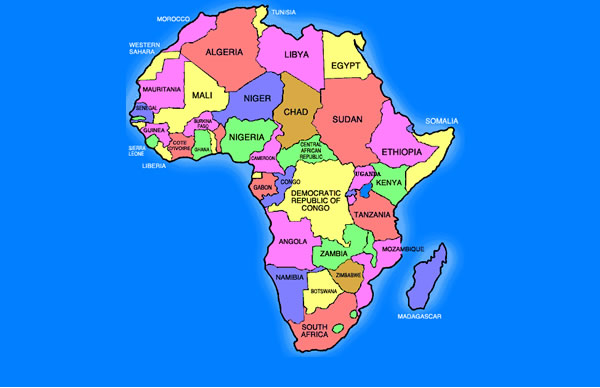

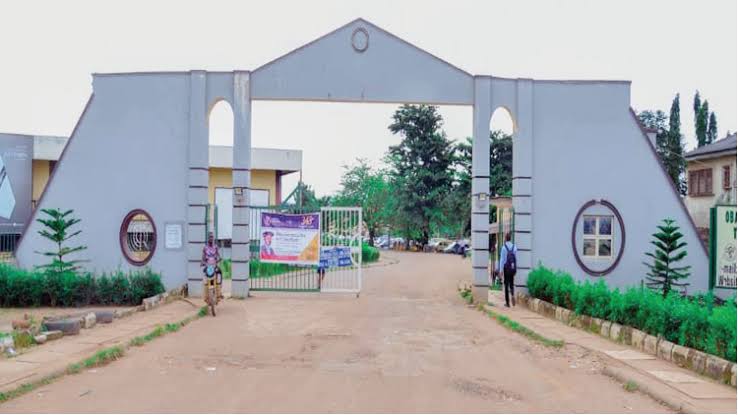

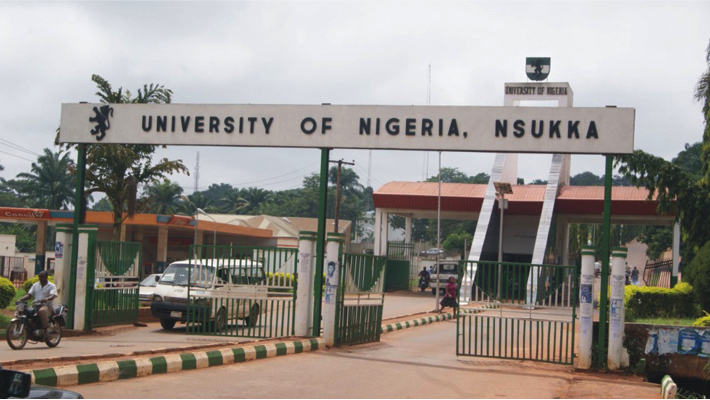
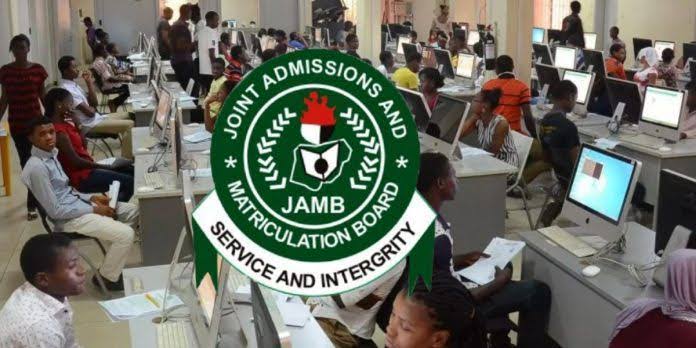
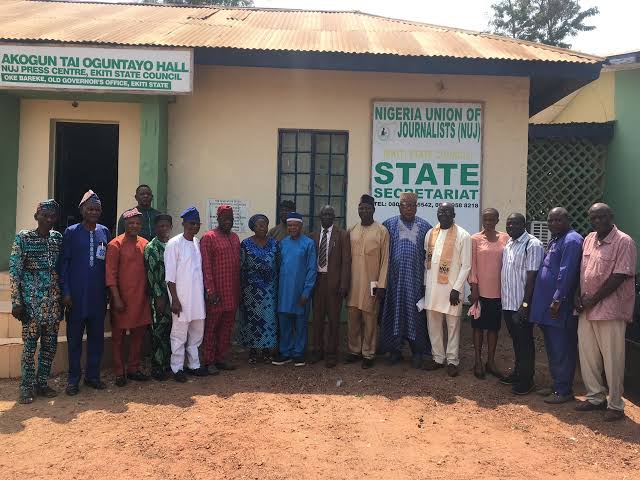


This is revealing and surprising. Wow! Education is broad.
I am hoping that Nigeria will be on this list.
Nigeria is not and that’s the more reason you need to keep following edugist. So you can know more about t the lengths and breaths of Nigeria’s education. Thanks.
Seeing Ethiopia on the list surprised me. I thought Ethiopia was getting it right in education as they do in African airline business.